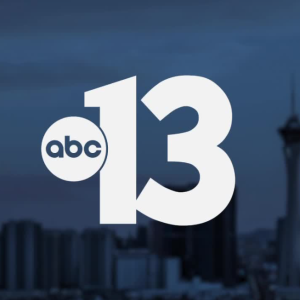LAS VEGAS (KTNV) — Brightline West crews are about to start work on the proposed rail line between Las Vegas and California.
According to company officials, crews are getting ready to launch field investigation work in Nevada, which they said is one of the final design stages ahead of breaking ground on the project. Some of that work includes geotechnical borings and samplings, utility potholing and land surveying.
Crews are scheduled to work on the following dates and locations:
- I-15 median, north of Jean, between milepost 13-21
Monday, Jan. 15 through Thursday, March 14 - I-15 median, north of Primm, between milepost 1-13
Wednesday, Jan. 17 through February 2024 - Northbound I-15 from St. Rose to Blue Diamond Road, milepost 28-34
Monday, Jan. 22 through Friday, Feb. 23
Brightline West officials said work will take place primarily during daytime hours with some night work to minimize traffic disruptions. Some work will also require short-term closures on freeway shoulders. Nevada Department of Transportation officials are asking motorists to proceed with caution through work zones and to follow posted speed limits and other signage.
The rail line is expected to break ground this year and construction is projected to last about four years and open in time for the Olympics, which are scheduled to held in Los Angeles in 2028. Last month, documents from the Surface Transportation Board stated Brightline West anticipates running 50 trains per day between Las Vegas and Rancho Cucamonga and trains will operate at speeds up to 180 miles per hour.
RELATED LINK: 'We are shovel-ready': Nevada leaders provide update on Brightline West
The U.S. Department of Transportation has approved $3 billion in funding for the project, which is estimated to cost $12 billion overall. Brightline West also previously received $25 million from a separate federal grant to build stations in California. The rest of the funding is expected to be covered by private capital and private activity bonds.





